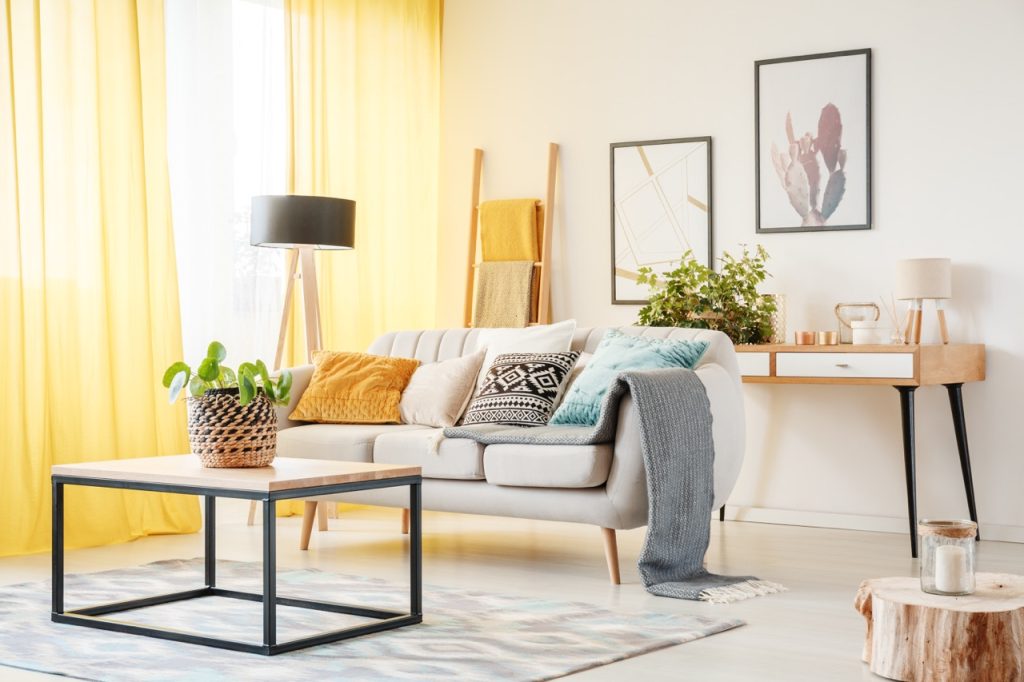Most people don’t think about their beloved cat or dog when planning their renovation, yet our beloved companions can often be hardest wear and tear on your house, making that renovation look dated before it’s time. Renovation expert Rebekah Hurworth shares her top 5 tricks to consider during your renovation to make sure it will work for your family and your pets.
Carpet
Minimise carpet in a home with indoor pets. Between toilet accidents, dirt, allergies and fleas, carpet is the least pet friendly flooring option. For areas that you do want carpet, choose a pet friendly underlay that will cope with these issues a bit better, and choose a cut pile carpet rather than loop. This means that claws, especially cat claws, are less likely to ripe out whole patches of carpet as their claws can’t catch easily on the loops in the carpet. And beware that any carpet areas may need to be replaced when you go to sell your house, as they tend to age prematurely with pets.
Doggy Doors
Dog doors and cat doors are easy to add in when the builder is there doing the renovation, but most people don’t think about this until it’s too late. Small cat doors can be put in glass (such as glass sliding doors) but the entire glass panel needs to be replaced to do this, so it’s worth doing some planning in advance. Make sure during the design process you think about where you want your door or cat door to go, and make sure it’s not so customised to your family that it will be considered ‘weird’ when you go to sell the house. We often find the laundry or a mud room to be the best location.
Bathroom time
Most dogs go to the bathroom outside but for cats or any indoor dogs, make sure you think about where and how bathroom trips will happen. If you have a litter tray, where will you keep it? This becomes vitally important if you’re planning on starting a family or already have young children. Toddlers and kitty litter do not go together! If you’re making the house larger in the renovation, we recommend having a litter tray on each level, especially when you first move in. You don’t want your cat to forget where its new litter tray is and do it somewhere else! Make sure it’s a well ventilated room with a tiled floor (for spills), and use a crystal litter to reduce the smell. We often add a little nook around the corner in the bathroom for the litter tray to sit out of sight.
Air-conditioning
Closed doors can be a problem for some pets, and a house with air-conditioning can suddenly make this a pain. Cats often hate closed doors, and can damage surrounding doors or carpet in an attempt to open them, especially at night. Dogs are generally less concerned by a closed door, but for those dogs that are, they can cause more damage than a cat. If you’re adding air-conditioning as part of your renovation, then you might need to think through how it affects your pet. This has the most impact if you’re only air-conditioning part of the house, rather than the whole house, and therefore need closed doors to portion off these rooms.
Security
When does a dog door become a threat to the security of your home? If you have a large dog, they often sleep outside except for the winter. A large dog door into the laundry gives your pet a warmer sleeping location, but then have your builder install a lock on the internal door of the laundry, limiting access to the rest of the house. Smaller indoor pets can set off internal alarm systems or motion sensors, so make sure you discuss your pets with your security company and choose a system that suits. There’s no point having a security system if you never turn it on because the cat sets it off.
Image Provided by My Family Home Experts




